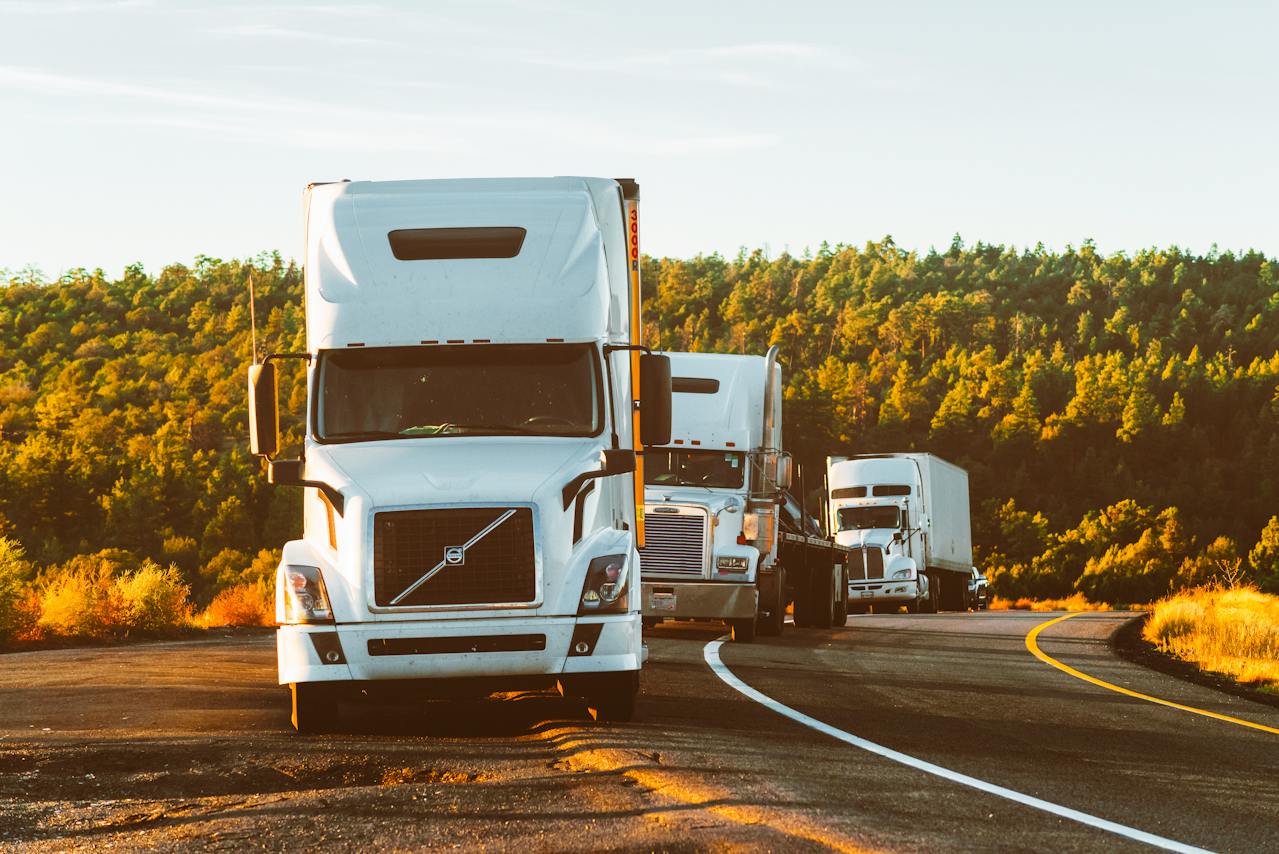As you may know, transporation was first invented about 400 year ago. The first type of transporation was horse-drawn cab.
The first industrial revolution brought the first type of transportation, the steam engine, which was also the first type of transportation that allowed humans to move around without beings constantly tethered to a source of energy. Of course, the steam engine is essentially the same thing as the electric motor, a machine that converts energy into motion.
The advancement in transportation technology during the Industrial Revolution also paved the way for modern logistics solutions, allowing companies to send items in bulk efficiently, which was a significant leap from the limited capacities of earlier transportation methods.
The Catalyst for Change
Steam Power Takes the Lead
In the early 19th century, the advent of steam power emerged as a revolutionary force, transforming the way goods and people were transported. The steam engine, pioneered by visionaries like James Watt, became the driving force behind locomotives and steamships, effectively shrinking the world by enabling faster and more efficient travel.
Connecting Continents: The Railroad Revolution
One of the pivotal moments in transportation history was the rise of the railroad. The locomotive, with its rhythmic chugging and billowing smoke, connected cities and industries like never before. This newfound connectivity facilitated the swift movement of raw materials and finished goods, effectively knitting together disparate regions into an intricate economic tapestry.
Redefining Economic Landscapes
Boosting Industrial Output
With the advent of advanced transportation, the industrial landscape witnessed an unparalleled surge in productivity. Factories sprung up, powered by steam engines, as transportation networks seamlessly delivered raw materials and distributed finished products. The efficiency gains were astronomical, propelling nations into an era of mass production.
Urbanization and Social Transformation
As transportation technology advanced, cities burgeoned, drawing in labor from rural areas. The allure of employment in burgeoning factories fueled unprecedented urbanization. This shift, though challenging, laid the groundwork for a new social order, redefining the dynamics of work, family, and community life.
Challenges and Triumphs
Overcoming Logistical Hurdles
While transportation technology unlocked immense potential, it wasn’t without its challenges. The logistics of managing vast networks of railways and shipping routes presented formidable obstacles. Yet, innovative solutions emerged, from standardized time zones to improved scheduling systems, ensuring the smooth flow of goods and people.
Triumph of Innovation
In the face of challenges, human ingenuity shone brightly. Innovations like the telegraph facilitated real-time communication, allowing for better coordination across vast distances. This, coupled with advancements in steel production for railway tracks and bridges, transformed transportation into a well-oiled machine, propelling the industrial engine ever forward.
Legacy and Lessons
Shaping the Modern World
The impact of transportation technology on the Industrial Revolution echoes through the corridors of time. The world we live in today, characterized by interconnected economies and rapid global trade, is a testament to the enduring legacy of those transformative years.
Lessons for the Future
As we stand on the shoulders of this industrial giant, there are lessons to be gleaned. The symbiotic relationship between technological innovation and economic progress is evident. As we navigate the complexities of the 21st century, the blueprint laid by the pioneers of transportation technology remains a guiding light.
Conclusion
In retrospect, the statement that best explains how transportation technology advanced the Industrial Revolution is a testament to the intricate dance between progress and necessity. The wheels of change, set in motion by steam and steel, rolled us into a future shaped by innovation and connectivity.
